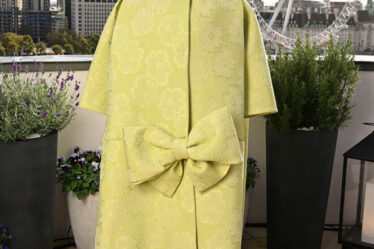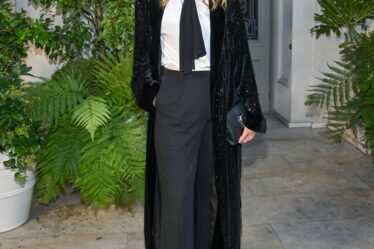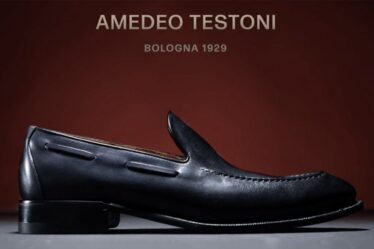
When Dario Longo, a lawyer based in Milan, wanted to return to his hometown of Palermo he spent a long time searching for the right place. “I wanted to make peace with this beautiful, but hectic city with its hidden treasures,” he says.
“I bought this house in 2013, after a long search,” he explains. “I was looking for an authentic historical building, but most of the old palaces I visited had been heavily refurbished so had lost most of their soul. When I saw this place I realised it was exactly what I was looking for.”
His beautiful home in the Kalsa neighbourhood of the city spreads across two levels, from the second floor of a historical palace with origins dating back to the end of the 1500s, to a third floor he created from the original attic and terraces. But the authenticity he wanted came at a price: “The palazzo was in a state of disarray,” he says. It was also tied up in litigation – but none of that scared him away. He dived in – and has no regrets.
Longo describes this enormous house as “a succession of four large ballrooms, one after the other, and a very small private quarter with only two bedrooms and one bathroom”. He’s kept that original layout, except for squeezing in three additional bathrooms.
While the structural work was carried out by architects from Palermo, Longo curated the interior himself, with the assistance of restorer Davide Sansone. “At some point in the last century, probably in the 1950s, in an attempt to modernise the property, the owner covered all the frescoes and the lambris (panelling) with plaster and paint, except for the vaulted ceiling of one of the main rooms,” he says. “One of the things that made me buy this place was that frescoed vaulted ceiling. But I certainly did not expect that we would discover frescoes and lambris in the walls and ceilings in, literally, every single room of the house!”
The monumental job of unearthing and restoring hundreds of square metres of frescoes has kept Sansone busy for the past three years – and is expected to continue for a couple more.
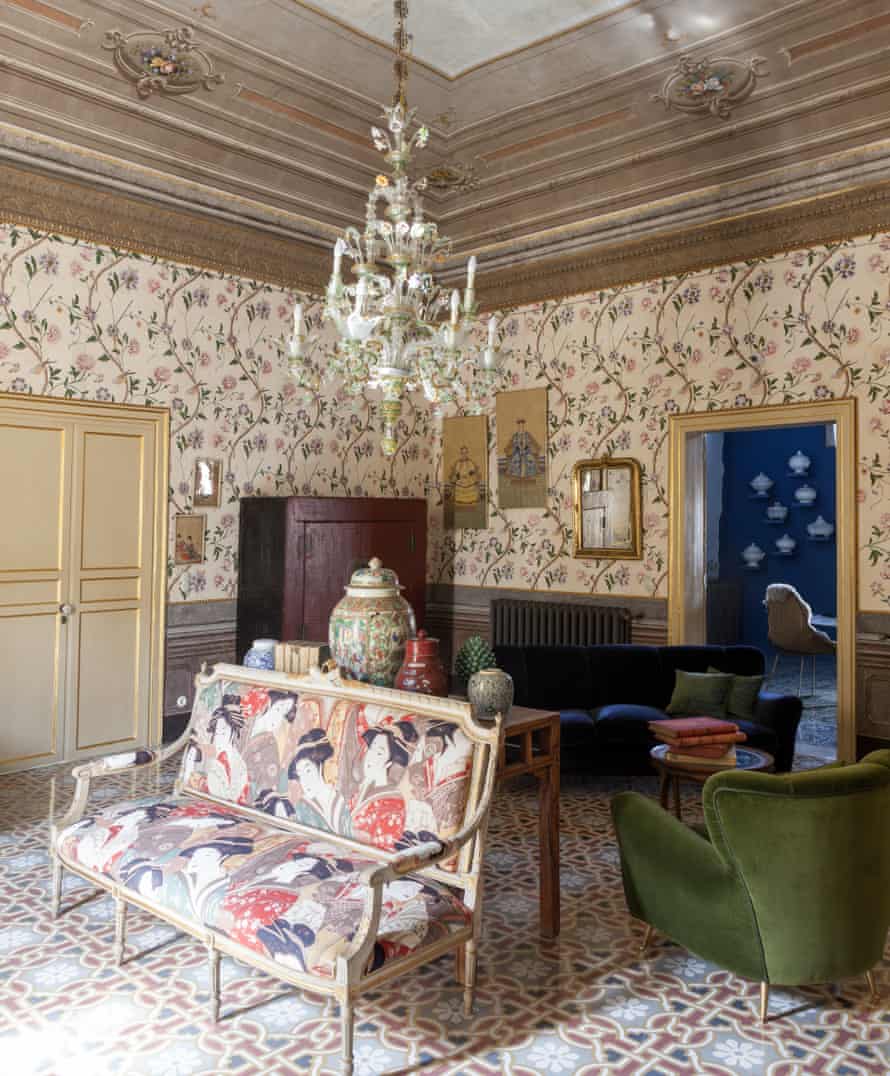
“To remind us of all this effort, we have left just one wall without restoring it and have painted it in blue, in the dining room,” Longo says. “That blue wall is a reminder of how easy it is to cover the beauty of the past with paint and how difficult and time-consuming it is to bring that beauty back.”
In the hall with the untouched fresco, Longo added a large Murano chandelier from the 20th century, found in a Venetian villa. “I’ve paired modernism with typical Sicilian antiquities,” he says, “like the little sofa from the 1700s, which I had covered with Japanese fabric from a shop in Milan.”
Alongside, sits a precious 18th-century Chinese vase under Oriental-style wall decorations and a restored velvet 1950s sofa and armchair.
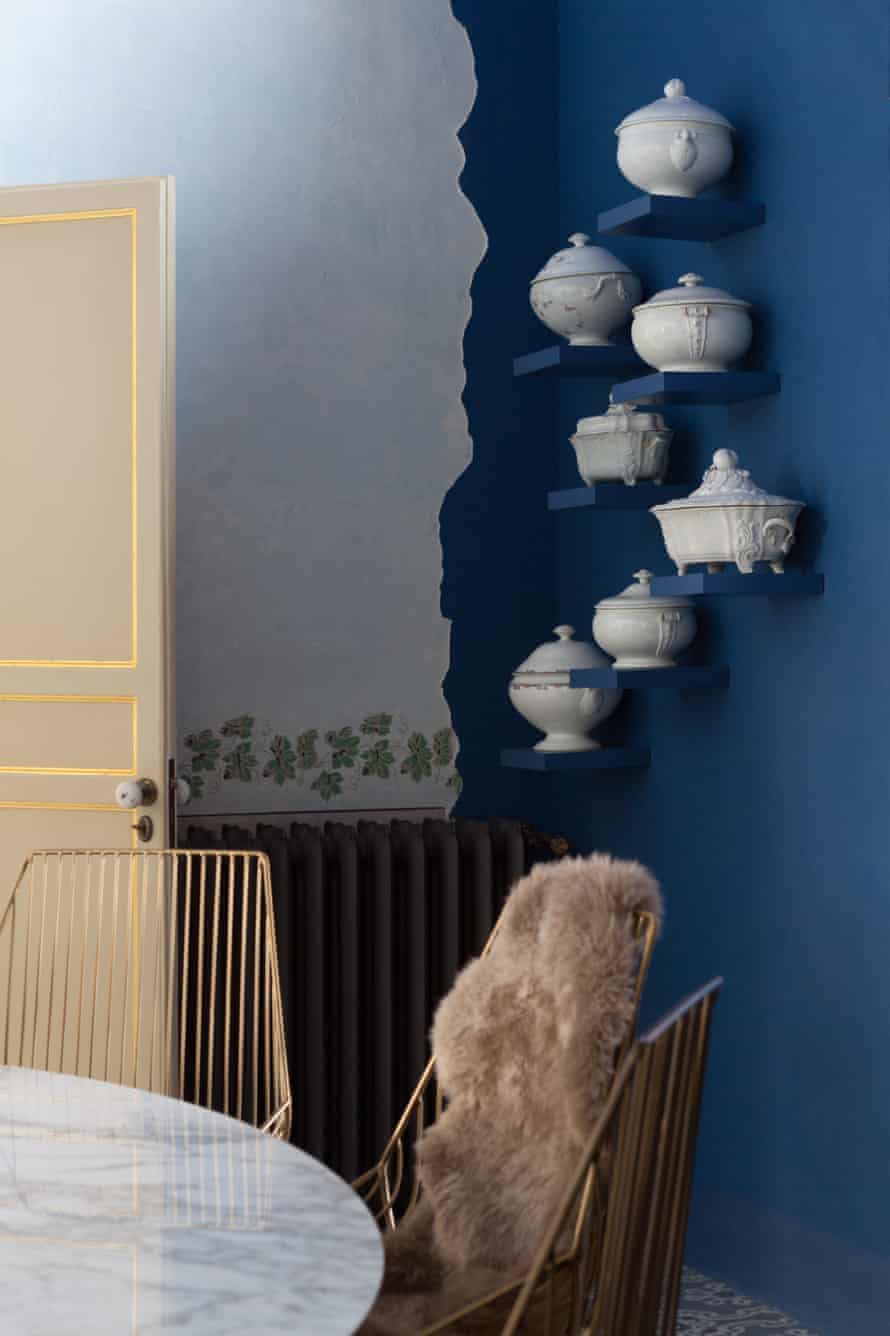
The brass chairs in the dining room were found in London at Rockett St George while tube chandelier lamps by Michael Anastassiades hang above a Tulip Saarinen dining table with a marble top, and a collection of antique soup pots is arranged on one wall. The doors are the original ones from the 1600s, restored.
In the centre of the kitchen is a blacksmith’s workbench to which Longo added a marble top. Antique dishes on the walls contrast with a modern steel kitchen and an Ikea oak worktop.
In the blue bathroom, once an alcove for a noblewoman who lived in the palace, the original floor and wall decorations have been renovated and the modern sink placed on a vintage toilet cabinet so as not to ruin the wall decorations. A mahogany bookcase dates from the end of the 19th century.
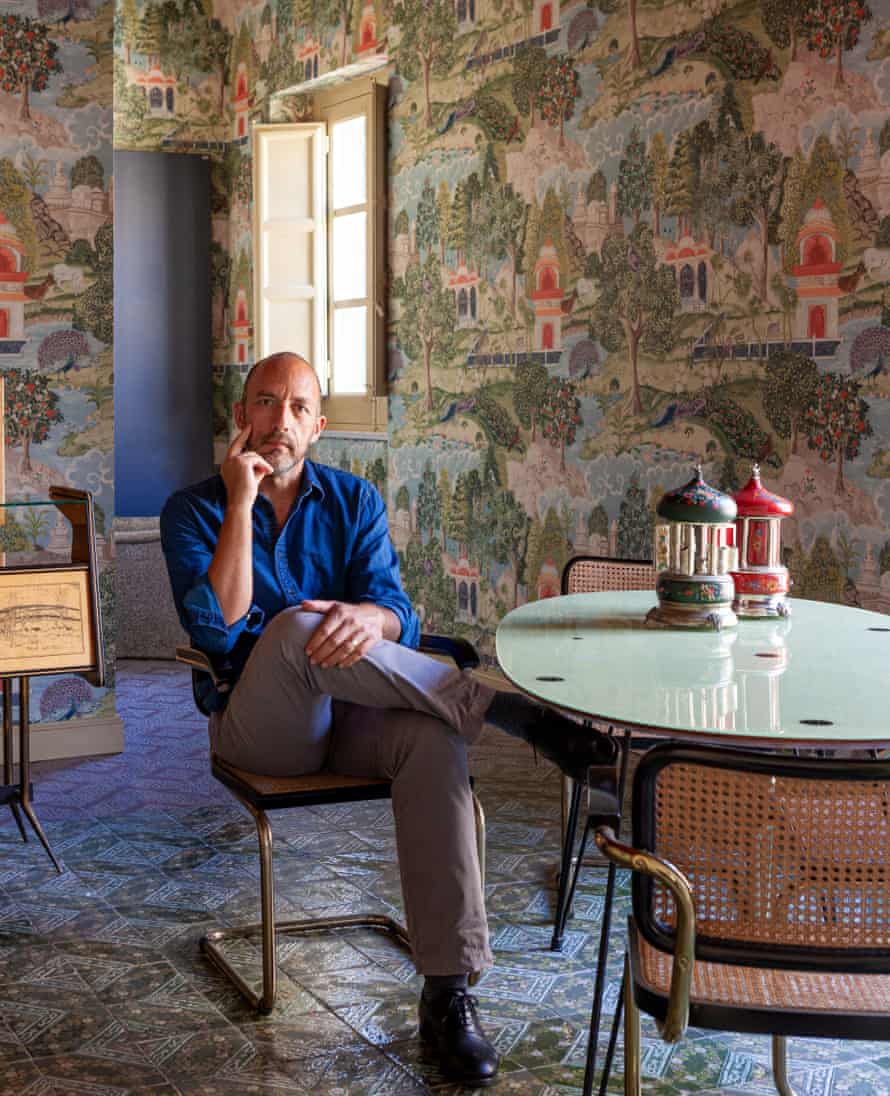
In what Longo calls the hall of mirrors, he installed 18th-century majolica floors from Santo Stefano di Camastra in Sicily. The central sofa is by Dutch designer Maarten Kusters for Italian company Edra, while the two giant mirrors have been mounted on 17th-century doors recovered from a disused building.
“For this house I’ve simply followed its nature,” says Longo, “choosing antique items, design elements and adding my findings, both from flea markets in Palermo and from the internet.”
Searching for the right pieces has been like a game, he says. A game that led to an unexpected but gracious mix of styles.

